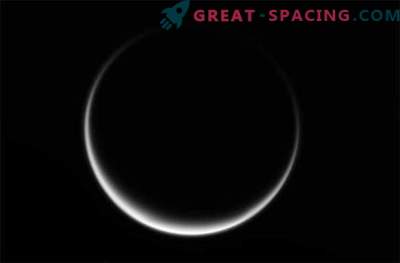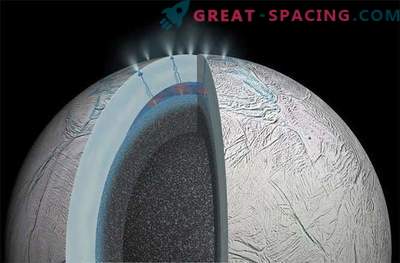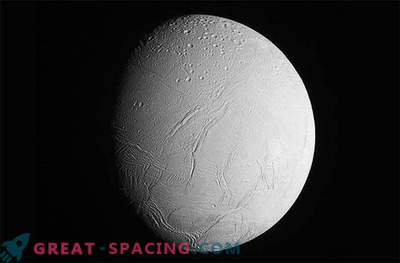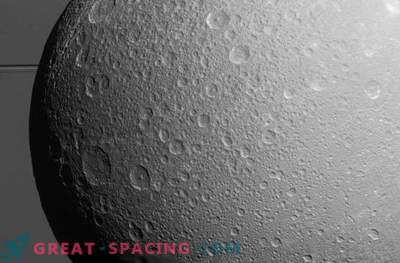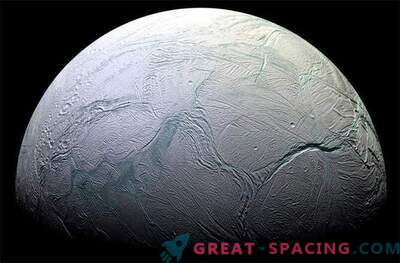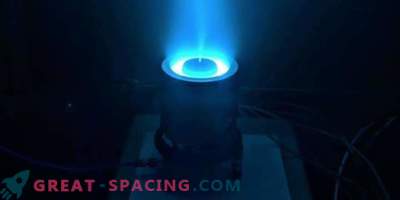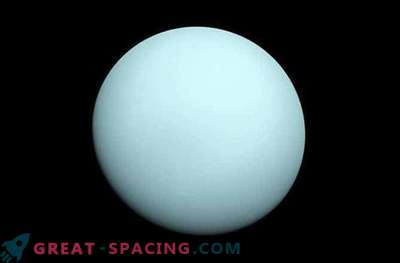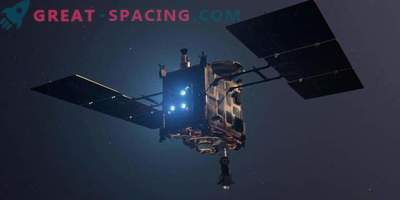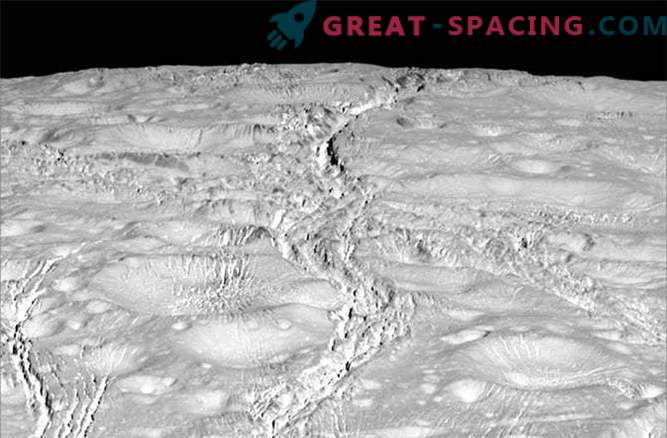
On Wednesday (October 14), Cassini carried out his planned E-20 pass near Enceladus, a small (320 miles / 514 km wide) satellite of Saturn, which is known for its erupting geysers along the south pole.
During the flight, Cassini approached 1,142 miles (1,839 km) to Enceladus, making detailed images of its craters and rocky surface at an incredible speed of 19,014 miles per hour (8, 5 km / s).
E-20 was the first of a series of three Cassini overflights, which will be completed before the end of 2015, in particular, it is planned to take the best pictures of the north pole of Enceladus, which is currently well lit by Saturn moving in its summer season.
“The northern regions seem to be wrapped in a web of cracks, forming thin slices on the craters,” said Paul Helfenstein, a member of the Cassini image team at Cornell University. “These fine cracks are ubiquitous on Enceladus, and now we see that they also spread throughout the northern terrain.”
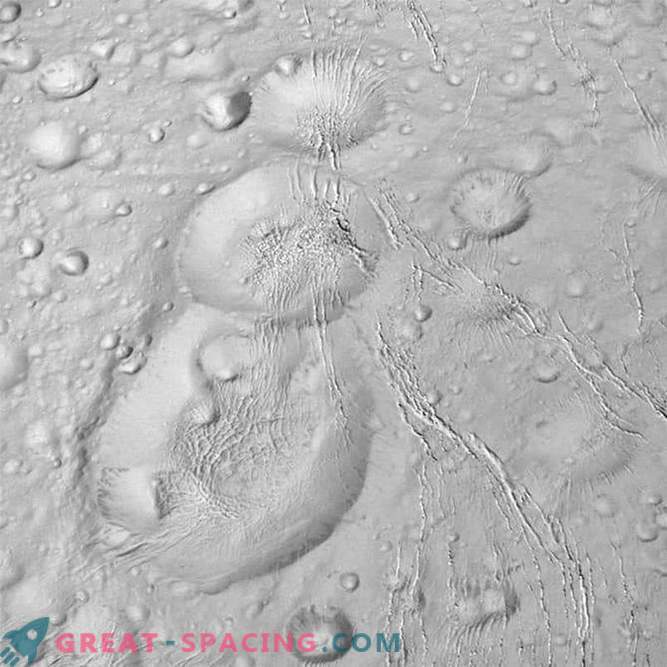
“Snowman” from craters near the north pole of Enceladus covered with long cracks.
The image data from the E-20 began to arrive on Earth on Thursday, October 15 (when the 18th anniversary of Cassini’s launch also took place), and I especially liked the image presented below. Crescent moon, illuminated by the sun. It is visible as the night side of Enceladus is bathed in the rays of light reflected from Saturn. The visible spot in the center is 6, 5 miles (10, 4 km) wide Bakhman crater, surrounded by wrinkled plain ridges.
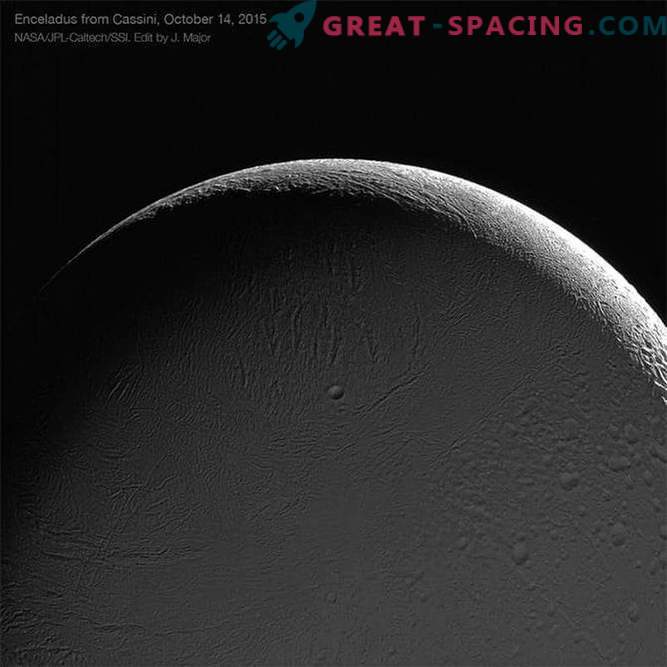
Photograph of the night side of Enceladus, made by Cassini on October 14, 2015
The latest data from Cassini confirmed the presence of an underground ocean, sandwiched between its ice crust and the stone core - these are not pockets of water trapped in the ice and not a localized underground reservoir, but it looks like an ocean in Europe. This discovery strengthens the position of Enceladus as a possible carrier of extraterrestrial life.
“Enceladus fascinates us with the sub-surface ocean, lying a few dozen miles below the surface, which is actively ventilated with space,” writes Cassini’s image team leader Carolyn Porco on October 15. “And although this magnificent expedition, sent from Earth 18 years ago, is not yet finished, we are already looking forward to a time that I hope is not too distant in the future, when we can go back to Enceladus to answer the question that concerns all of us: Can there be life under the cracks and craters of its surface? ”.
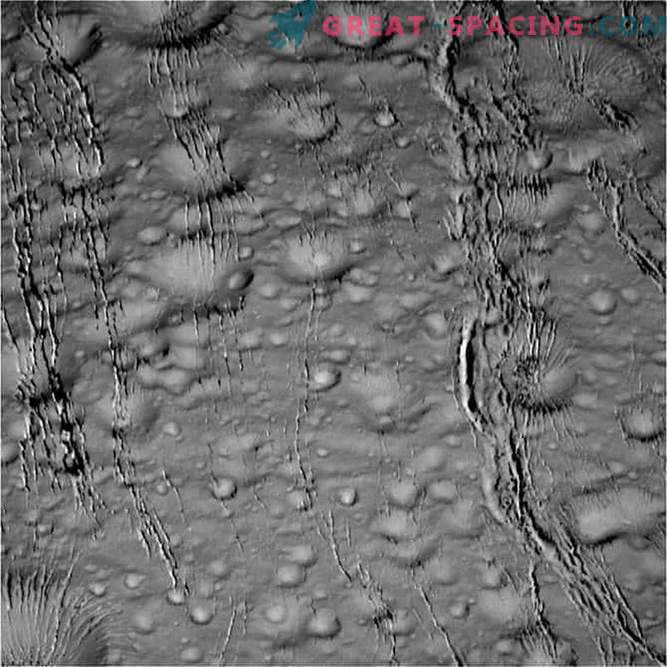
Cracks and craters on the surface of Enceladus captured by Cassini on October 14, 2015.
Cassini’s next flight near Enceladus will take place on October 28, the E-21 will send it to an incredibly low altitude, directly through the satellite’s trains, where he will carefully examine their composition and the environment around the cavities from which they erupt. And on December 19, Cassini will make his last flight at Enceladus.






